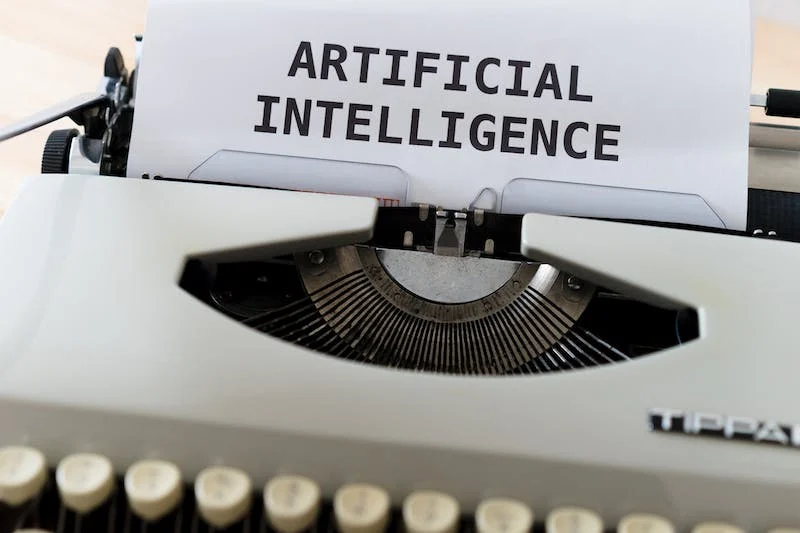Contents
How does AI(artificial intelligence) technology analyze customer behavior?
Artificial intelligence (AI) technology analyzes customer behavior through a combination of data collection, processing, and machine learning techniques. Here’s an overview of how AI analyzes customer behavior:
- Data Collection:
- AI(artificial intelligence)-driven customer behavior analysis starts with collecting relevant data. This data can come from various sources such as customer purchase history, website interactions, social media activity, customer feedback, and more.
- Data Preprocessing:
- Collected data often needs preprocessing to clean, format, and prepare it for analysis. Data preprocessing includes handling missing values, removing outliers, and converting data into a suitable format for AI algorithms.
- Feature Extraction:
- Feature extraction involves selecting and transforming the relevant data attributes (features) that will be used for analysis. Features might include customer demographics, browsing history, purchase frequency, and more.
- Model Development:
- AI models are built to analyze customer behavior. Various machine learning techniques, including regression analysis, classification, clustering, and deep learning, can be applied to develop predictive models.
- Model Training:
- Once the model is defined, it is trained using historical data. The model learns patterns and relationships within the data to make predictions about future customer behavior.
- Prediction and Analysis:
- After training, the AI(artificial intelligence)model is used to make predictions about customer behavior. For example, it can predict whether a customer is likely to make a purchase, churn, or engage with specific content. The model’s predictions provide insights into customer behavior.
- Result Interpretation:
- The predictions and analysis results are interpreted to inform business decisions. Companies can use these insights to tailor marketing strategies, optimize product offerings, personalize customer experiences, and more.
- Model Refinement:
- AI(artificial intelligence) models are continuously refined and improved over time. As new data becomes available, the model is updated to maintain its accuracy and relevance.
AI(artificial intelligence) technology enables businesses to analyze customer behavior at scale and with a high degree of accuracy. It can uncover patterns and trends that might be challenging to identify through manual analysis, ultimately helping companies better understand their customers and make data-driven decisions.

What is customer analysis, the convergence of artificial intelligence and big data technology?
Customer analysis, driven by the convergence of artificial intelligence (AI) and big data technology, refers to the practice of using advanced analytics and machine learning techniques to gain deeper insights into customer behavior, preferences, and interactions. This combination of AI and big data enables businesses to extract valuable information from vast datasets and make data-driven decisions to enhance customer experiences, boost marketing efforts, and improve overall business strategies.
- Data Integration and Collection:
- AI(artificial intelligence)and big data technology allow companies to gather and consolidate data from various sources, including customer interactions, online behavior, social media, purchase history, customer service interactions, and more. This data integration provides a comprehensive view of each customer’s journey.
- Customer Segmentation:
- AI(artificial intelligence)algorithms can segment customers into distinct groups based on shared characteristics or behaviors. This segmentation helps businesses tailor marketing campaigns, product recommendations, and customer service interactions to meet the specific needs of different customer segments.
- Predictive Analytics:
- AI(artificial intelligence) models leverage historical data to make predictions about future customer behavior. For example, predictive analytics can forecast customer churn, anticipate product demand, suggest cross-selling or upselling opportunities, and more.
- Personalization:
- AI(artificial intelligence)-driven customer analysis enables businesses to deliver personalized experiences to customers. Recommendations engines powered by AI can suggest products, content, or services that are highly relevant to individual customers, increasing engagement and sales.
- Customer Sentiment Analysis:
- Natural language processing (NLP) techniques in AI can analyze customer feedback, reviews, and social media conversations to determine customer sentiment. This helps companies understand how customers feel about their products or services and identify areas for improvement.
- Real-Time Insights:
- AI(artificial intelligence) and big data technology enable real-time analysis of customer interactions. This means companies can respond promptly to customer inquiries, detect unusual behavior (fraud detection, for instance), and optimize marketing campaigns on the fly.
- Customer Lifetime Value (CLV) Prediction:
- AI(artificial intelligence) models can estimate the potential value of individual customers over their entire relationship with the company. This information guides decisions on resource allocation, marketing budget allocation, and customer retention strategies.
- Continuous Improvement:
- The combination of AI(artificial intelligence) and big data allows for continuous refinement of customer analysis models. As new data is collected and trends change, models can adapt to provide more accurate insights.
Overall, customer analysis with AI(artificial intelligence) and big data technology helps businesses gain a competitive edge by fostering a deeper understanding of their customers, enhancing customer satisfaction, and optimizing operations based on data-driven insights. It empowers companies to stay agile, responsive, and customer-centric in an ever-evolving market landscape.




